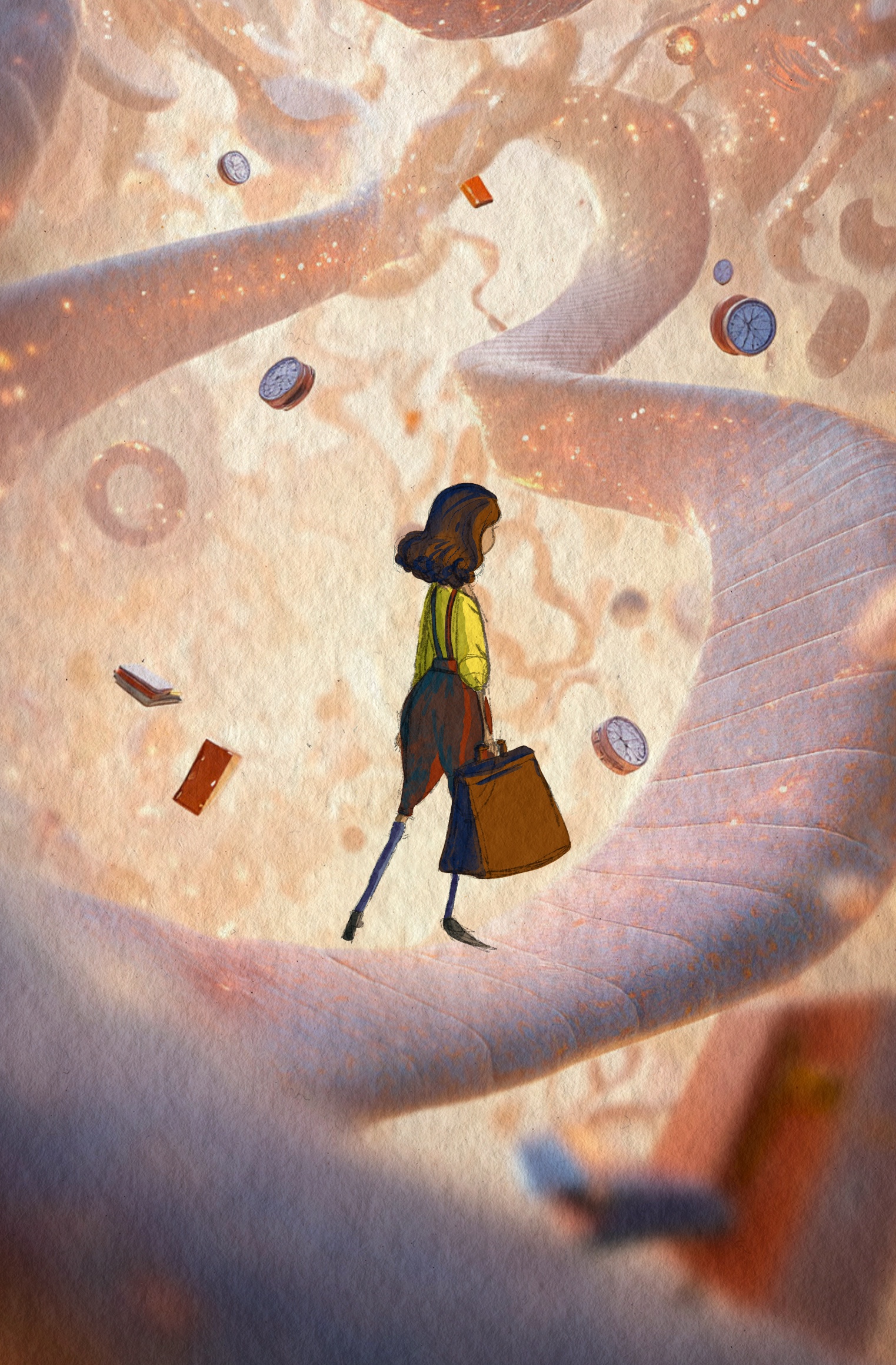Tangohia Mai te Taura (Take This Rope)
Abstract
Emanating from my PhD thesis Tangohia mai te taura (Take This Rope), this presentation discusses a practice-led research project that asks: ‘How might approaches to Māori documentary making serve to elevate whānau narratives of experience and function as an artistic mode of redress?’ The project generates a photographic essay in discourse with whakatauākī (significant saying), composed waiata (song), oratory, and a documentary that collectively considers connections between our murdered ancestor Chief Mokomoko, whenua, and whānau. By framing ‘documentary’ as something inclusive of film but also embracing oratory, toi pūkare and photographic essay creation, the study considers ways in which a researcher dealing with vulnerable family narratives might work cooperatively with a rōpū of artistic collaborators within Mātauranga Māori (Māori customs and knowledge) and kaupapa Māori (Māori research approaches). Emanating from the Kaupapa Māori paradigm, the study employs a Pūrākau methodology (McNeill and Pouwhare 2018; Pouwhare, 2016; 2019), where a tree functions as a metaphor for connecting explicit and esoteric knowledge. In such research, mahi (practice) operates like osmosis, drawing sustenance from roots that reach down into the realm of Te Kura Huna (what is unseen, genealogical, esoteric or tacit), drawing knowledge up into Te Kura Tūrama (the light of what is explicit and seen). The significance of the study lies in its potential to rethink documentary inquiry as culturally located practice. In so doing, the project will contribute to the corpus of knowledge about the wrongful execution of Chief Mokomoko and the resulting impact of land confiscation on our whānau. It will also extend how processes of indigenous, photographic and filmic documentation might function as a form of raranga (weaving), where interwoven strands are employed to create a fabric of understanding that may increase feelings of value, identification and historical redress.
Downloads
Metrics
References
McNeill, H. and Pouwhare, R. (2018). Purakau: He Mahi Rangahau. Design, Art And Technology 3(2), 261-290. https://doi.org/10.29147/dat.v3i2
Pouwhare, R. (2016). He iti te manu he nui te kōrero - The bird is small - the story is epic [Masters thesis Auckland University of Technology, Auckland, New Zealand]. Tuwhera: http://aut.researchgateway.ac.nz/handle/10292/9776
Pouwhare, R. (2019). Ngā Pūrākau mō Māui: mai te patuero, te pakokitanga me te whakapēpē ki te kōrero pono, ki te whaihua whaitake, mē ngā honotanga. The Māui Narratives: From Bowdlerisation, Dislocation and Infantilisation to Veracity, Relevance and Connection. [Doctoral thesis, Auckland University of Technology]. Tuwhera: http://hdl.handle.net/10292/13307
Copyright (c) 2023 Toiroa Williams
Article text:

This work is licensed under a Creative Commons Attribution 4.0 International License.
Photos:
The images in Rangahau Aranga are not covered by the Creative Commons license and are subject to copyright. Permission to reproduce this material must be sought from the copyright holder concerned.






